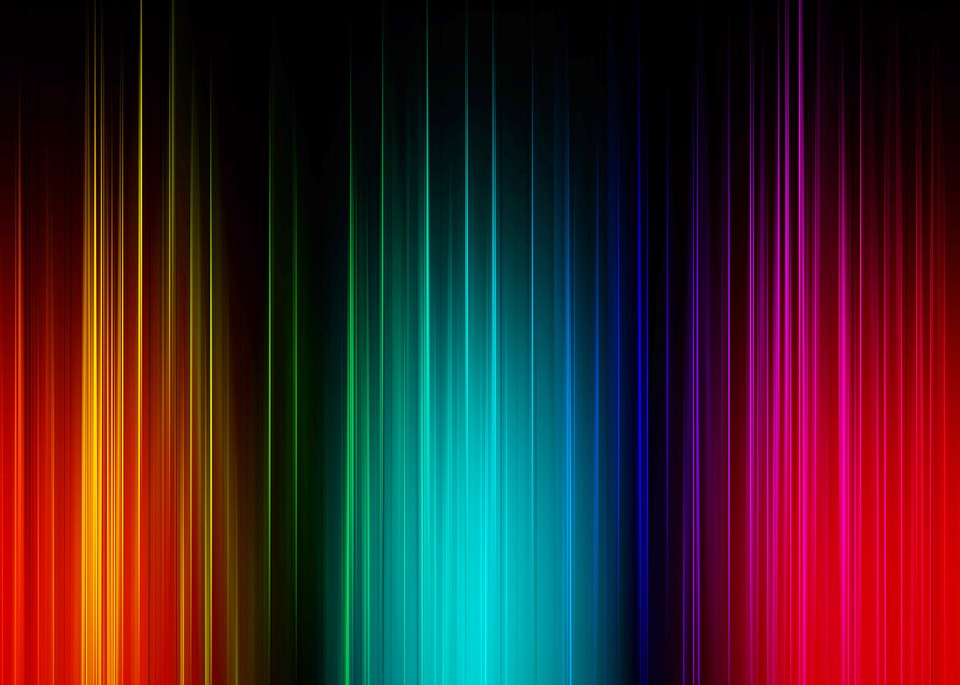AV is about experiences and meeting all the expectations of what those experiences should promise. In the education market, there’s more to the AV experience than meets the eye—quite literally. The K-12 market is at one of the most exciting times in history, as technology radically revolutionizes the teaching and learning process. But, with that, a new concern has arisen: The use of electronic devices is becoming commonplace, and kids are spending more time than ever in front of screens. With increased usage comes a rise in eye-health concerns. Now is the perfect time to talk about the potential visual challenges that can arise from prolonged use of digital technology in the classroom, how to solve this problem for your education customers, and the technology certification standard that ensures viewing comfort, eye health, and safety in flatscreen and monitor use.
According to a 2016 survey by the American Optometric Association (AOA), the average American spends seven or more hours per day looking at their screens. Common Sense Media released a report last October that found that 42 percent of children aged eight and younger now have their own tablet devices; that marks a steep increase from seven percent four years ago and less than one percent in 2011. In short, screen exposure is happening at a younger age, and at a more frequent rate, with each passing year.
New models of teaching are driving increased use of technology in the classroom; these include the flipped classroom, interactive collaboration, the bring-your-own-device (BYOD) movement, STEAM/STEM (science, technology, engineering, art and math), gamification and a cloud-based curriculum. The benefit is that, when technology is brought into the classroom, students tend to learn faster and they’re more engaged. But, without the proper solution in place, it’s also raising concerns about overexposure to blue light.
Most of us are familiar with the power of ultraviolet (UV) light, because it’s produced by the sun and the strongest light sources. UV produces invisible electromagnetic rays that, in moderation, can give us a healthy dose of vitamin D, but that, in excess, can cause a sunburn, skin cancer and eye issues. Sitting right next to UV rays on the light spectrum is blue light. Named for the blue bands of light that it produces, blue light is high-energy visible (HEV) light that produces short wavelengths between 400nm and 495nm, which more easily penetrate the eye. By contrast, UV rays produce extremely short, very powerful, high-energy wavelengths of 100nm to 380nm. Low-energy visible (LEV) light is on the other end of the spectrum, and it produces 500nm to 700nm wavelengths.
The sun is also the main source of blue light. In small doses, it can actually regulate the body’s circadian rhythms, and it can boost attention, memory recall, energy, moods and reaction time. However, that’s not the case with students who spend an increasing number of hours per day on digital devices, computer screens and flatscreens. Blue light scatters more easily than other visible light, so it’s not as easily focused; this creates visual “noise” and reduces contrast that’s essential to making sense of visual information. This can lead to a temporary vision condition called computer vision syndrome (CVS). Its symptoms include digital eyestrain, sleep problems, blurred vision and headaches, along with neck and shoulder pain. Blue light also has the potential to cause changes in retinal tissues, including the macula.
How can the effects of blue light be prevented at a time when digital technology is taking the classroom by storm? Many smartphone and tablet manufacturers have already included filters, such as “Night Shift,” in their products; this, when activated, can help negate some of the effects of blue light. There are also blue light filters that can be purchased for digital devices. Other options are special glasses that cut down on blue light rays and increase contrast.
For monitors and interactive flatpanels, technology exists that can filter out blue light and reduce eye damage, without degrading picture quality or color accuracy. Today, global testing organizations, such as TÜV Rheinland, have developed display-specific low-blue-light testing and certification standards that measure a display’s blue light intensity, wavelength and onscreen flickering during brightness changes; these standards enable decisionmakers easily to identify products that are better for end users’ health. This has enabled educators around the world to ensure that excessive levels of blue light are kept out of their classrooms and computer labs.
Eyesight is critical to learning. A vast majority of information that students retain is obtained through their vision. In the past few years, the gaming and enterprise markets have upgraded their monitors and screens with certified low-blue-light displays to help combat the effects of long hours in front of screens. Now, the education market is poised to transition its classroom technology, as well. By fully understanding what blue light is, you are stepping into the shoes of education technology decision-makers and helping to create the healthy classroom experience that they expect.
